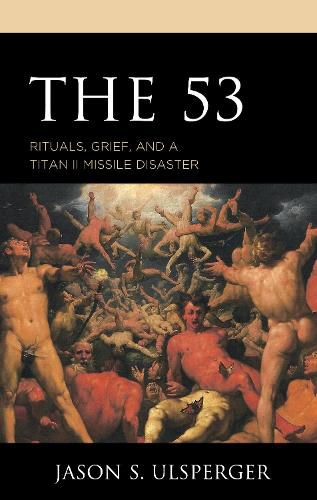Readings Newsletter
Become a Readings Member to make your shopping experience even easier.
Sign in or sign up for free!
You’re not far away from qualifying for FREE standard shipping within Australia
You’ve qualified for FREE standard shipping within Australia
The cart is loading…






On August 9, 1965, 53 men died in the impoverished hills of rural Arkansas. Their final breaths came in a government facility deep underground while their loved ones were at home expecting their return. The incident at Launch Complex 373-4 remains the deadliest accident to occur in a U.S. nuclear facility. The 53: Rituals, Grief, and a Titan II Missile Disaster analyzes the event. It looks at causes but more importantly at how the mishap has affected daughters and sons for nearly six decades. It gives new sociological insight on technological disasters and the sorrow following them. The book also details how surviving family members managed themselves and each other while benefiting from the support of friends and strangers. It describes how institutions blame the powerless, and how powerful organizations generate distrust and secondary trauma. With an analysis of the event and post-disaster life, their children share stories on what went wrong and how they keep moving forward.
$9.00 standard shipping within Australia
FREE standard shipping within Australia for orders over $100.00
Express & International shipping calculated at checkout
On August 9, 1965, 53 men died in the impoverished hills of rural Arkansas. Their final breaths came in a government facility deep underground while their loved ones were at home expecting their return. The incident at Launch Complex 373-4 remains the deadliest accident to occur in a U.S. nuclear facility. The 53: Rituals, Grief, and a Titan II Missile Disaster analyzes the event. It looks at causes but more importantly at how the mishap has affected daughters and sons for nearly six decades. It gives new sociological insight on technological disasters and the sorrow following them. The book also details how surviving family members managed themselves and each other while benefiting from the support of friends and strangers. It describes how institutions blame the powerless, and how powerful organizations generate distrust and secondary trauma. With an analysis of the event and post-disaster life, their children share stories on what went wrong and how they keep moving forward.